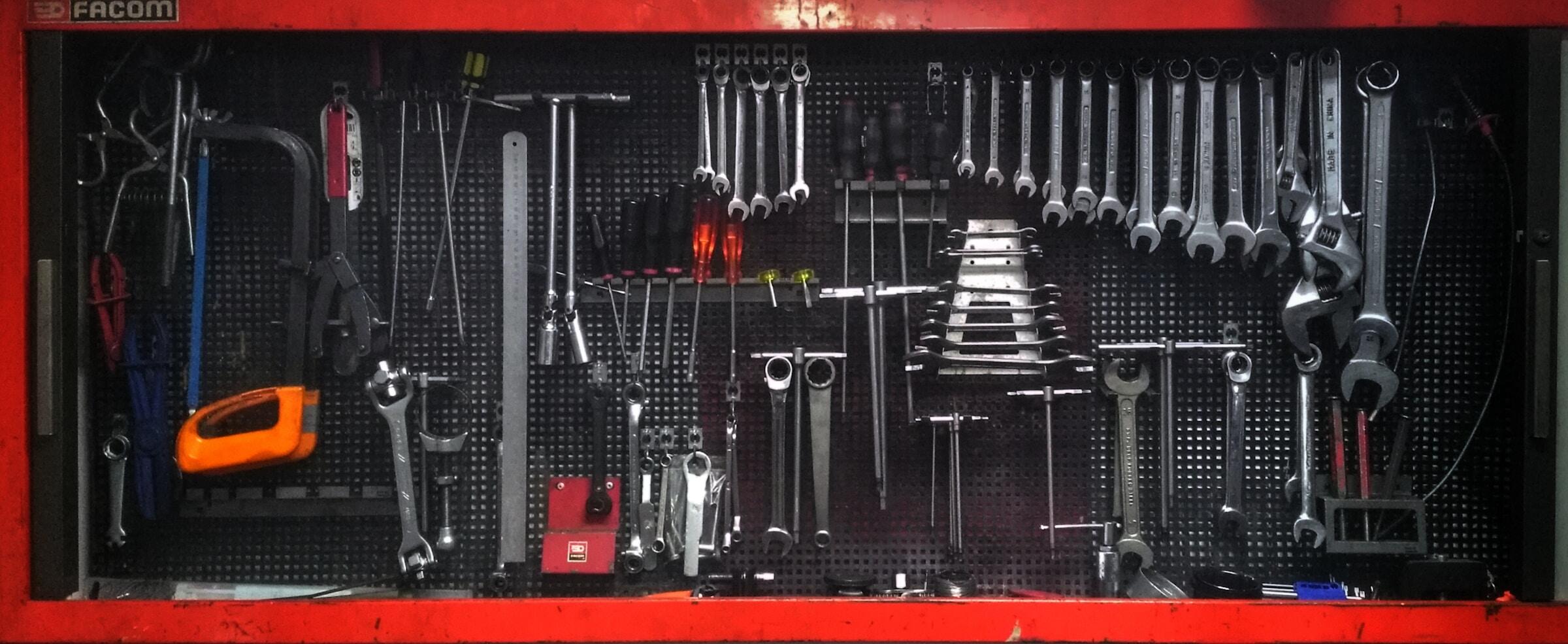Implementing a new ERP solution, or upgrading a legacy system, can be a painful process. Peru’s Ian Robinson offers some helpful tips to reduce the pain.
Enterprise Resource Planning (ERP) solutions require massive, cross-business capabilities. While often highly configurable, the most successful implementations or upgrades generally use ‘out of the box’ vendor software, but require new business practices or processes.
Successfully implemented, they can transform the daily business operation. A failed or out-of-date ERP implementation can stop a business in its tracks. And, as a business grows, the ERP solution needs to grow with it. Upgrading an ERP system can be a painful process, but, there are some key elements that can help take away the headache:
1. Choice
Every ERP solution has different strengths depending upon specific requirements and client sectors. Understanding these is critical to minimise the amount of customisation required.
Choosing an ERP Delivery Partner and lead systems integrator is just as important as the vendor themselves and every vendor has a comprehensive list of partners, but they may have different strengths and weaknesses. Peru’s Strategic Sourcing product may help with the choice.
2. Growth
A detailed understanding of your current and future business plans will influence the choice. Unclear plans can impact the choice of ERP version. Fundamental changes to the Chart of Accounts, for example, must be established as an implementation first step. Involve key decision-makers as well as their leads early in the process.
3. Hearts and minds
ERP implementation can be a distraction to day-to-day business, so everyone involved needs to be engaged and incentivised. If possible, appoint a dedicated, business-wide core team and ERP ‘champions’. Without winning hearts and minds, implementation time increases, costs inflate and the system may not meet business requirements.
4. Data
Understanding, owning and managing data is critical and generally requires the integration of data from multiple systems, leading to schema changes or data mismatches. While specialist tools can help, the data owner needs to define the rules, review the data and sign off on any revisions. This requires business and IT collaboration.
5. Just the beginning
Avoiding the pain of similar upgrade upheaval five years down the line requires a small, dedicated resource constantly monitoring business change, user need and vendor product upgrades, as well as continuous assessment of the solution supplier contract. The vision should be a constantly evolving solution delivering continued ROI and added value to your business.



